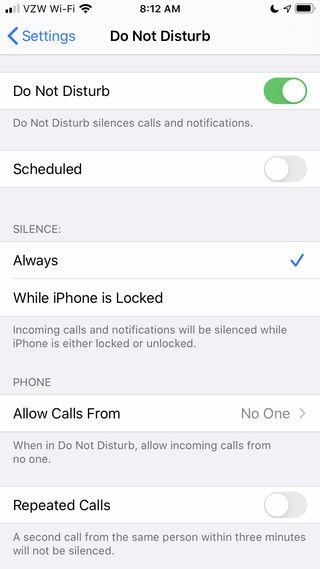
Coronavirus Disease 2019
Teletherapy Guidelines: Establishing Protected Space
Part 3: How to cut down on distractions and respect privacy in online therapy.
Posted April 5, 2020
This is the third in a series of posts, for therapists and clients, on how to migrate your psychotherapy sessions online (click here for Part 1 and Part 2).
Almost immediately after the coronavirus pushed psychotherapy out of the office and into the virtual world, Zoom became the go-to teleconferencing platform. An alarming number of security breaches now have therapists and teachers scrambling for other alternatives. No matter which software you choose, you will want to take a few steps to cut down on distractions and to protect each person’s privacy in therapy.
There are some easy things to do before the therapy session starts. If you are using a laptop or desktop computer, you should close all browser windows and software unrelated to the therapy session and turn off any notifications.

If you are using your phone, temporarily block incoming calls and texts with, for example, the iPhone’s Do Not Disturb setting. Notice a few things here. There are two options for Silence. If you choose the second one, calls will still come through because the phone will be unlocked during the therapy session. I have manually set the phone to accept calls from No One. Also, I have turned off the feature that allows Repeated Calls to get through.
For people who live with others, eliminating distractions and protecting privacy can be tricky to manage. That means no one else should be in the room during therapy—even if just passing through on the way to the refrigerator.
This expectation presents real challenges. For example, what if people share a one-room apartment? Under normal circumstances, this would be a good time for the spouse/significant other/roommate to go out for a 50-minute walk. With public health guidelines changing by the day, we can’t count on that option being available.
Additionally, the conversation should not be audible to anyone in the home, no matter how many rooms it contains. Ideally, all members of the household would have an agreement to be situated, with headphones if necessary, in a way that the conversation cannot be overheard. I know of one situation where a spouse was intentionally listening in through the door. That is not a simple fix.
These expectations and guidelines may seem obvious. For some people, though, especially those who are new to therapy, it is important to reaffirm that individual psychotherapy must happen only with client and therapist present. Everyone has a right to privacy, especially in psychotherapy.

